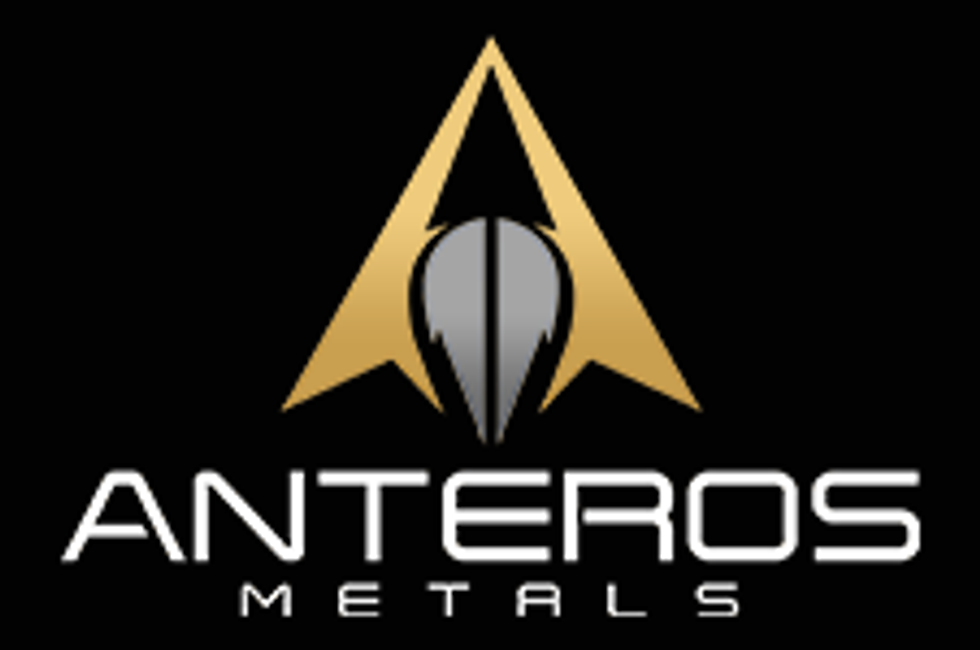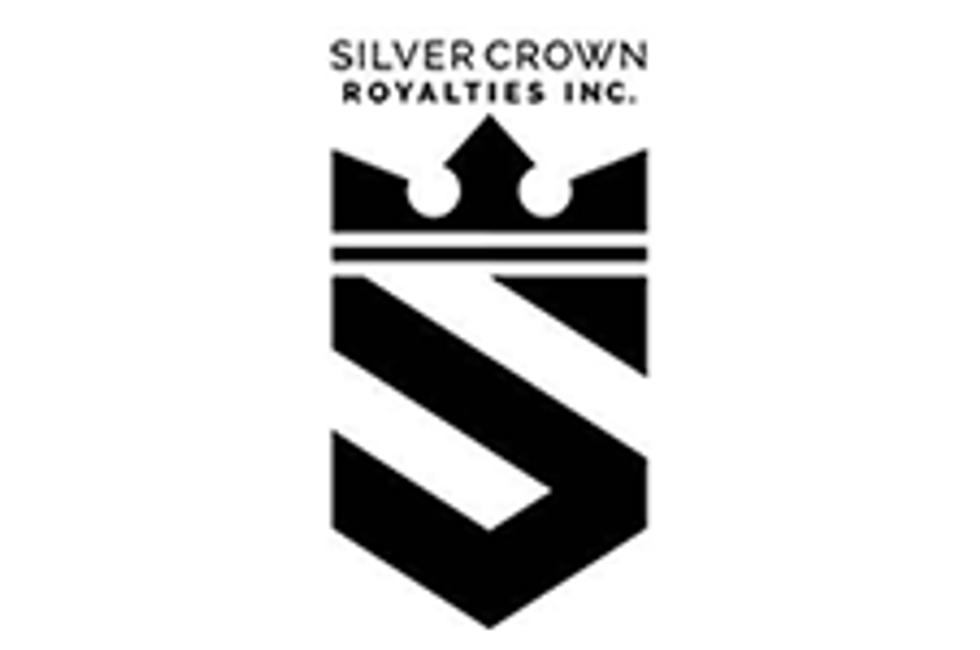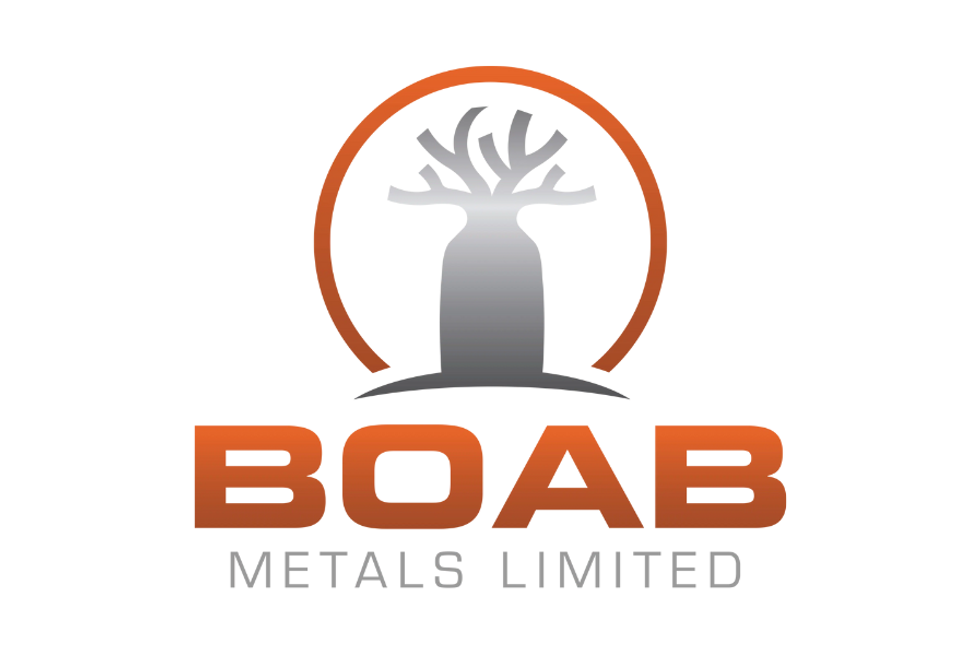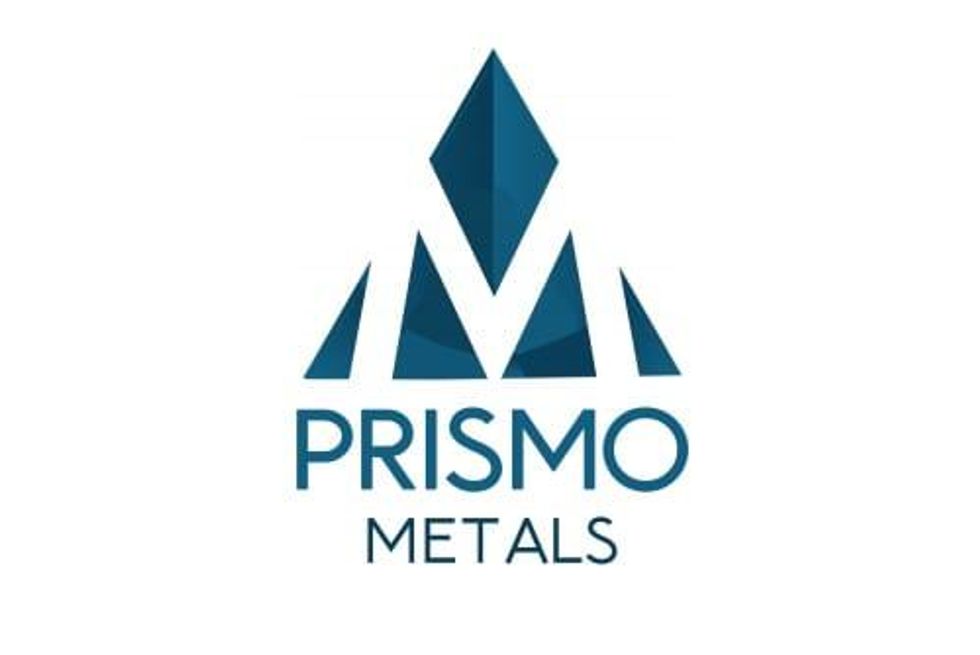
E-waste is now considered to be the fastest-growing component of the municipal solid waste stream, and Itronics wants to cash in.
This week, American cleantech company Itronics (OTCMKTS:ITRO) announced plans to expand its production of silver bullion from e-scrap.
“Bullion sales from this process will begin to generate revenues for Itronics early in the third quarter. The new revenue stream will be coming on line when seasonal fertilizer sales are declining,” said Dr. John Whitney, president of Itronics. The company also produces zinc fertilizer.
The company made its first shipment of silver bullion recovered from e-scrap in January as part of a sales agreement with a finish refiner. The agreement covers payment for the silver, gold, palladium and copper contained in the bullion.
To produce silver bullion from e-scrap, the Nevada-based company melts ground-up circuit boards in a furnace, mixing them with silver from photographic liquids and fluxes. The material is then poured into a cone-shaped container to cool. What forms is a glass that rejects the base and precious metals from the e-scrap into the silver bullion.
A small amount of silver and copper does remain in the glass that is produced, so technically the silver bullion is a by-product of the glass manufacturing process. However, Itronics has said that the silver bullion provides the main value, while the glass provides by-product value.
Currently, Itronics produces 1,500 troy ounces of silver bullion per month, though further improvements could increase per melt recoveries by 20 to 50 percent. Whitney said the company plans to expand production in stages to what he calls “a small commercial scale.”
According to The Silver Institute, global production of silver from scrap reached 139.7 million ounces in 2016, a decline from previous years. Silver production also declined in 2016, and prices have gained since the start of 2017. As of May 25, the silver price was sitting at $17.26 per ounce.
That said, ReportsnReports predicts that the scrap metal recycling market will grow at a CAGR of 3.11 percent from 2017 to 2021. Increasing demand for the latest mobile phones, computers and other types of consumer electronics has increased electronic waste — in fact, e-waste is now considered to be the fastest-growing component of the municipal solid waste stream. Developing countries are expected to triple their e-waste production over the next five years.
Although Itronics produces only silver bullion, the company is recovering gold, palladium, tin and copper from circuit boards as well. The company receives the circuit boards from New2U Computers, a non-profit computer repair and disassembly business also located in Nevada.
Other e-scrap recycling companies
Itronics is a relatively new player in the e-scrap recycling space, but other companies across the globe have been “mining” e-scrap for metals like silver for years. For example, European firm Boliden (STO:BOL) is one of the largest recyclers of electronic material. It operates the Ronnskar smelter in Northern Sweden, and has said that extracting metals from scrap only requires 10 to 15 percent of the energy required to remove metals from ore.
Across the world in Canada, Teck Resources (TSX:TECK.B,NYSE:TECK) started recycling e-waste in 2006 through its Trail Operations division in BC. In 2016, Teck processed over 45,500 tonnes of material. The materials it processes include: cathode ray tube glass, zinc alkaline batteries and lead-acid batteries, plus other types of post-consumer waste.
In 2014, BlueOak Resources broke ground on its “urban mining” refinery in Arkansas. The company’s chief executive was quoted as saying, “[a]lthough between 7 percent and 10 percent of the world’s gold and 30 percent of the silver produced goes into electronics, only 15 percent of the 50 million tons of e-waste created globally each year undergoes any recycling.”
Australian companies are also involved in e-waste recycling. Sims Metal Management (ASX:SGM) recycles about 445,000 tonnes of electronics annually from over 200 facilities across 20 countries. In the firm’s 2016 annual report, Company Group CEO and Managing Director Galdino Claro said it was a difficult year due to excess steel production from China displacing demand for scrap steel.
However, that is only one commodity the company recycles and he said, “as the world comes to grips with climate change and the challenges of an increasing population, pressure on resources will not only continue, but escalate. This presents an even stronger business case for the ‘circular economy’ in general – and, in particular, our company’s place in it.”
Don’t forget to follow us @INN_Resource for real-time news updates!
Securities Disclosure: I, Melissa Shaw, hold no direct investment interest in any company mentioned in this article.





